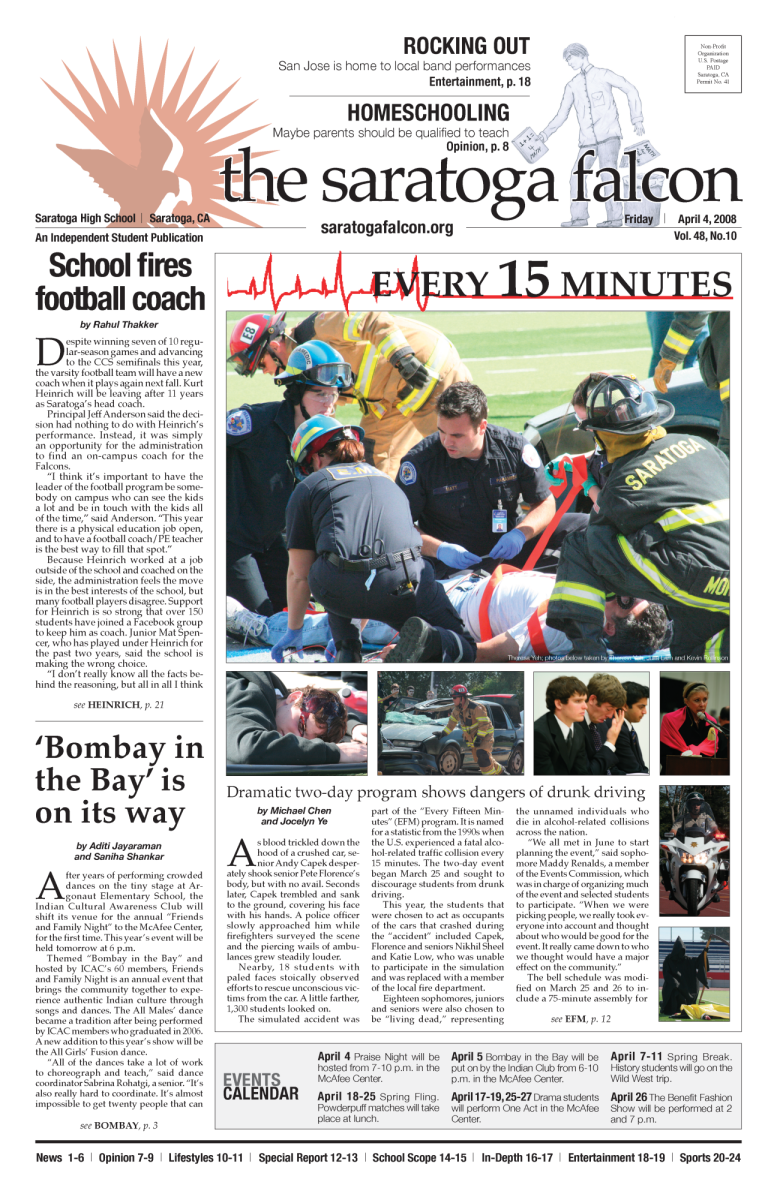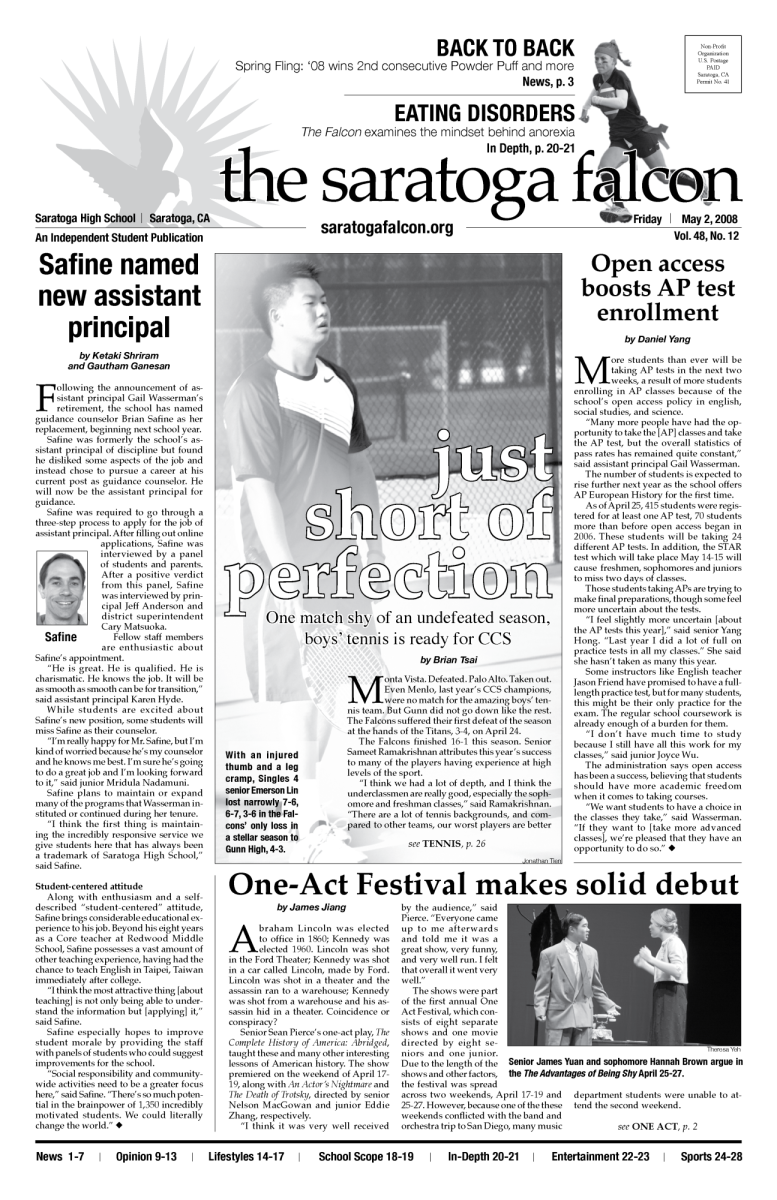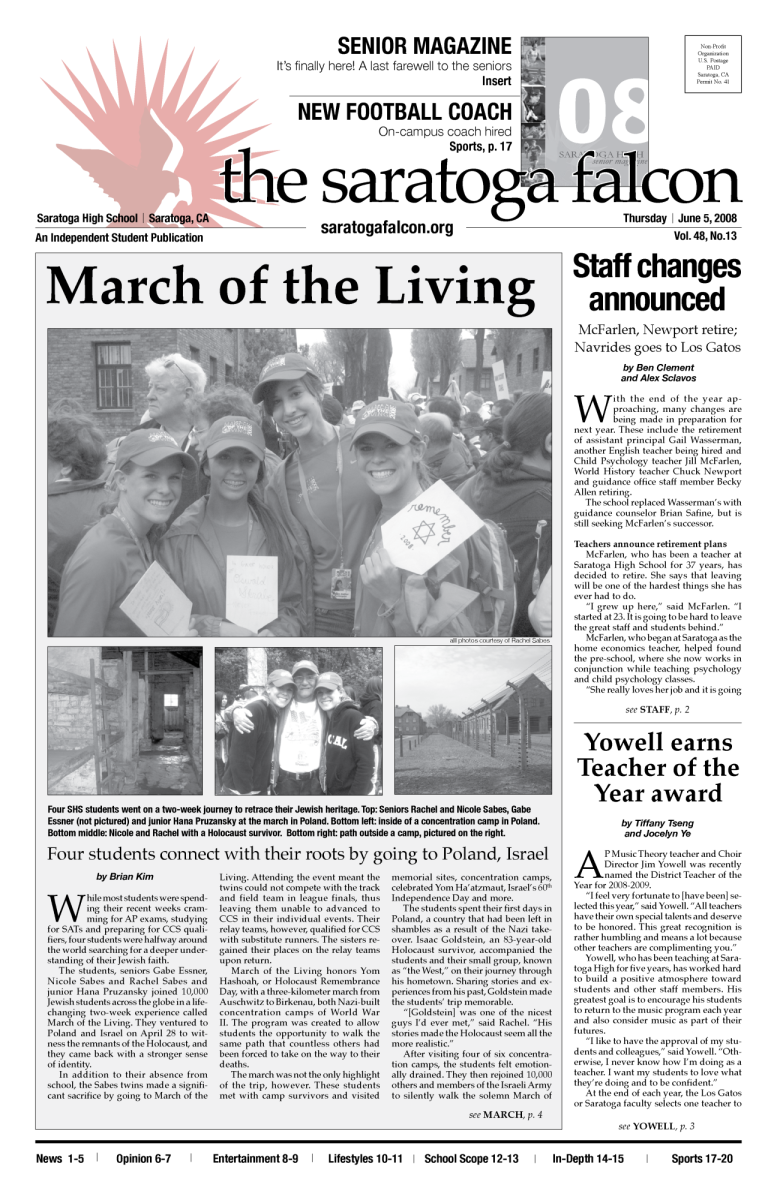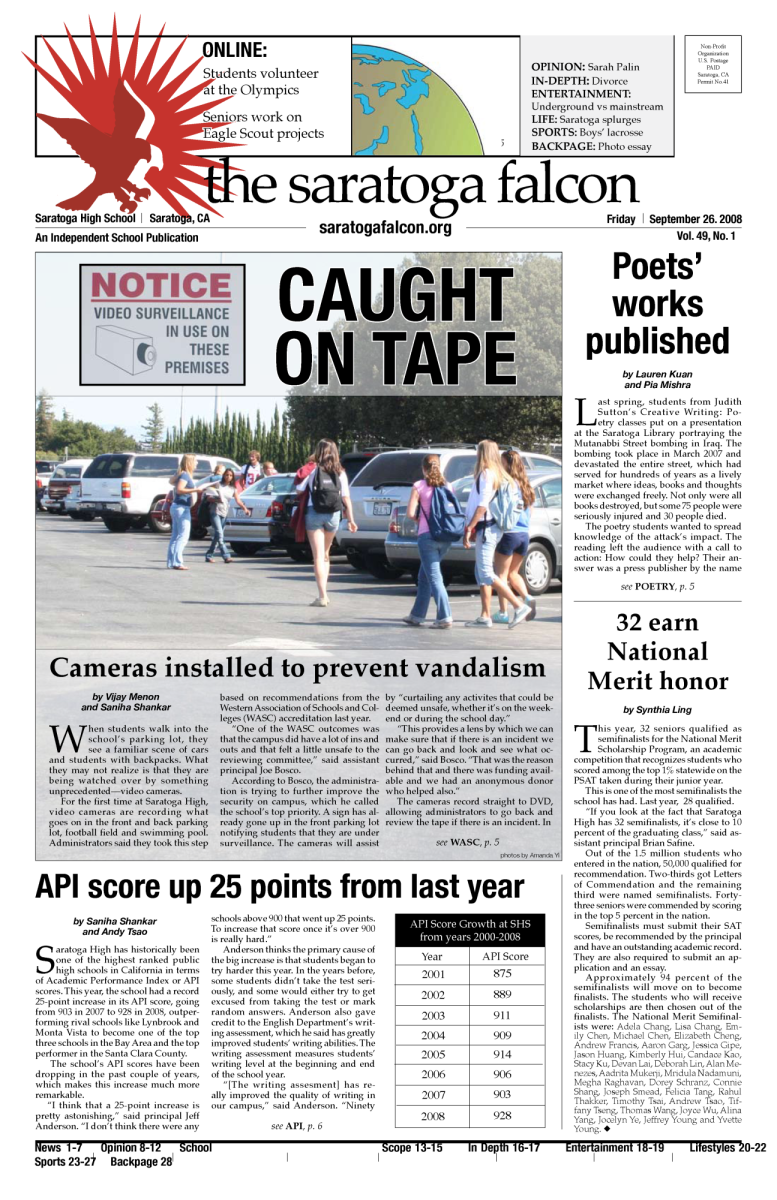Sophomore Taara Rangan came to school early one Wednesday morning recently. It was a cold morning, and she knew that English teacher Cathy Head often keeps her room open before school. Opening the door to the room, she saw about a dozen teachers sitting in a circle, all staring at her. Mumbling her apology, she quickly withdrew from the room.
This teacher meeting was no accident. Every Wednesday morning, when the students get to come late to school, teachers attend a staff-collaboration, where they exchange ideas and work on making the school and classes better.
Teachers said there are generally two types of collaboration: individual/partner collaboration and group collaboration. Individual/partner occurs when teachers work on their own or with another person on a variety of projects. In groups, teachers often exchange ideas with each other on working, planning, and improving their classes.
Sometimes, rather than allowing teachers to discuss student issues and lesson plans, collaboration is used for specific school wide purposes. For example, last year, it was mostly used to work on the Western Association of Schools and Colleges (WASC) accreditations. This year, it is being used to help many teachers gain the California Teacher of English Learners (CTEL) authorization, which is a requirement for all teachers to be able to teach students who are learning English as a second language. Many teachers have mixed opinions about this usage of collaboration.
“CTEL does take some of my time that I would have used for collaborating with other teachers, but other than that it’s fine,” said English teacher Kerry Mohnike. “Collaboration has been helpful for me.”
Another big focus of collaboration this year, said Matt Torrens, the staff development coordinator this year, has been differentiated instruction, which is challenging all students in a heterogeneous environment. This means that students of different abilities should be challenged in a class environment.
“Plans for collaboration next year include being more flexible and more applicable for teachers [on] what they’re doing in the classroom,” said Torrens.



























